
A blog focusing on 1/64 diecast from such popular brands as Hot Wheels, Matchbox, Johnny Lightning, M2 Machines, GreenLight, Tomica, Yat Ming, Majorette, MotorMax, Siku, Corgi, Guisval, Playart, Ertl, Zylmex, Racing Champions, & many more. Swifty's Garage features a daily Car Of The Day and news updates from your favorite brands!
Thursday, July 28, 2011
Car Of The Day: July 28, 2011
Today's car of the day is Racing Champions Street Wheels' 1969 AMC AMX.
The AMC AMX is a two-seat GT in style and approach sports car that was produced by American Motors Corporation for the 1968 through 1970 model years. The AMX was also classified as a muscle car, but "unique among other American cars at the time due its short wheelbase". The AMX was also the only American-built steel-bodied two-seater of its time, with the 1955-1957 Ford Thunderbirds being the last ones. To a degree, the AMX was a competitor with America's only other two-seater of the era, the Chevrolet Corvette for substantially less money. With a one-inch (2.5 cm) shorter wheelbase than the Chevrolet's 2-seater, "the AMX was often seen by the press as a Corvette competitor."
Fitted with the optional high-compression medium block 390 cu in (6.4 L) AMC V8, the AMX offered top-notch performance at an affordable price. In spite of this value and enthusiastic initial reception by automotive media and enthusiasts, sales never thrived. However, the automaker's larger objectives to refocus AMC's image on performance and to bring younger customers into its dealer showrooms was achieved. After three model years, the two-seat version was discontinued, and the AMX's now signature badging was transferred to a high-performance version of its 4-seat sibling, the Javelin, from 1971-1974.
American Motors capitalized the respected reputation of the original AMXs by reviving the model designation for performance equipped versions of the Hornet in 1977, Concord in 1978, and Spirit in 1979 and 1980.
For more information and pictures of the real car please visit: AMC AMX
This is a car that retailed for approximately $.50 when new. Street Wheels was a budget line from Racing Champions, and many were the same cars (but not the same castings) that had previously been in the Mint line. Towards the end of the Street Wheels era, they came out with a set of rally cars that I saw posted on Tales Of Toy Cars. Like so many cars I saw on Doug's site back in the day, these never materialized locally. I've never seen them offered for sale anywhere and I had given up hope of ever finding any of them. And then while at one of the antique stores in Dyersville, Iowa a few weeks (while in town for Lightning Fest) I found some of them. Only a very small selection but it included some of the cars I wanted most, so I was happy. The rally Pacer from this line is still positioned highly on my want list, but for now just having found four of them makes me happy.
The AMX name originates from the "American Motors eXperimental" code used on a concept vehicle and then on two prototypes shown on the company's "Project IV" automobile show tour in 1966. One was a fiberglass two-seat "AMX", and the other was a four-seat "AMX II". Both of these radically styled offerings reflected the company's strategy to shed its "economy car" image and appeal to a more youthful, performance-oriented market.
The original AMX full-scale models were developed in 1965 by AMC's advanced styling studios under the direction of Charles Mashigan. The two-seat AMX was "big hit on the auto show circuit in 1966" and featured a rumble seat that opened out from the rear decklid for extra passengers called a "Ramble" seat. AMC executives saw the opportunity to change the consumers' perception of the automaker from Romney's economy car image, to the realities of the new marketplace interested in sporty, performance oriented vehicles. Robert B. Evans requested a car like the AMX to be put into production quickly.
Two simultaneous development programs emerged for a production car: (1) a modified Javelin and (2) a completely new car bodied in fiberglass. The first approach was selected allowing AMC to use its existing technology and unibody manufacturing expertise to make fairly inexpensive modifications to the Javelin approximating the prototype's styling and proportions. The automaker did not want develop plastic bodies that are intended for low-production models. The first fully operational unit debuted as part of AMC's AMX project in 1966. The "once-frumpy" automaker jumped on the "pony car bandwagon" with its "attractive Javelin" and soon introduced the "unique" AMX featuring a design where "hoods didn't come any longer, nor decks any shorter".
Vic Raviolo, previously responsible for the Lincolns that raced in the Carrera Panamericana during the 1950s was involved with engineering AMC's new sports-car-type coupe. The AMX was the first steel-bodied, two-seat American performance car since the 1957 Thunderbird, Ford's original two-seater having long since evolved into a four-seat personal luxury car. With a short 97 in (2,464 mm) wheelbase, the AMX's direct competition was the one-inch longer (98 inches (2,489 mm) Chevrolet Corvette. The AMX's manufacturer's suggested retail price (MSRP) was US$3,245 (US$20,485 in 2011 dollars), nearly 25% below and over $1,000 less than the Corvette's price tag.
The AMX was introduced to the press at the Daytona International Speedway on 15 February 1968, just over four months after the Javelin went on sale. In the demonstrations on the race track, the new AMXs ran at speeds up to 130 mph (209 km/h). American Motors' Group Vice President, Vic Raviolo, described the AMX as "the Walter Mitty Ferrari." The AMX was designed to "appeal to both muscle car and sports car enthusiasts, two camps that rarely acknowledged each other's existences." The problem was the "tire-melting" acceleration of the 2-seater made it "a quick car that handled like a sports car, confusing the buying public." Automotive journalist Tom McCahill summed up, "the AMX is the hottest thing to ever come out of Wisconsin and ... you can whip through corners and real hard bends better than with many out-and-out sports cars."
Subscribe to:
Post Comments (Atom)
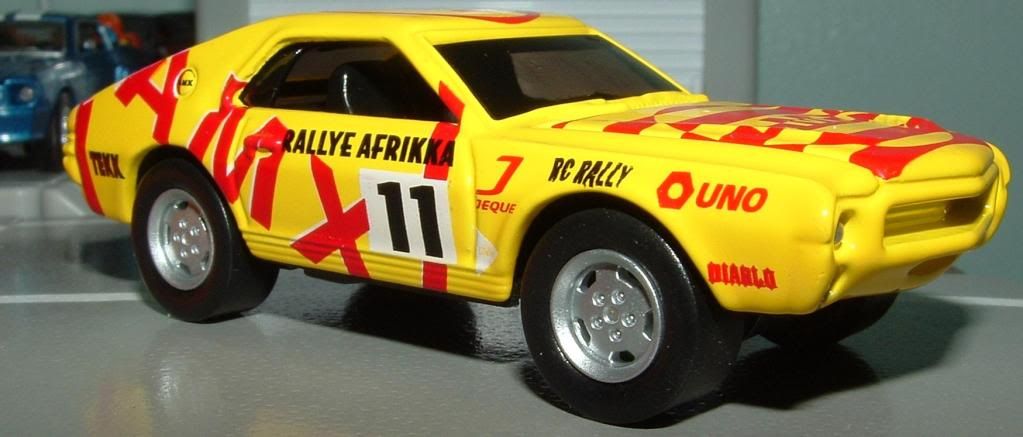
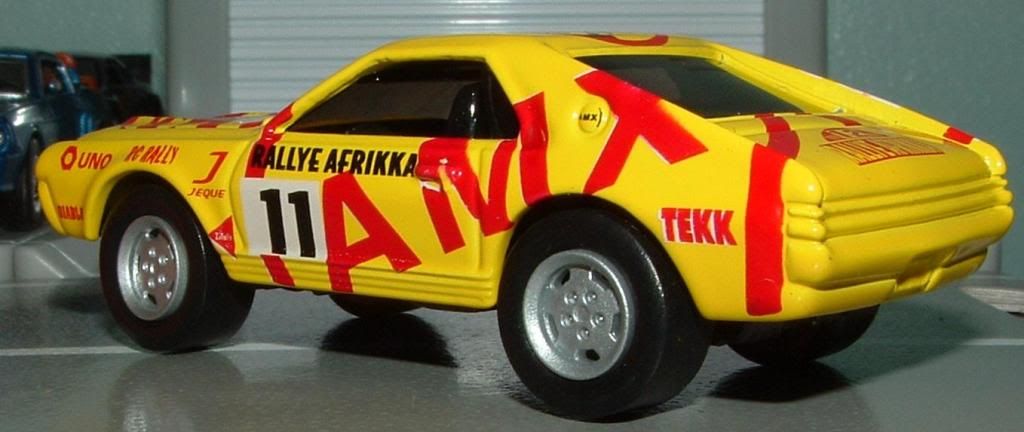
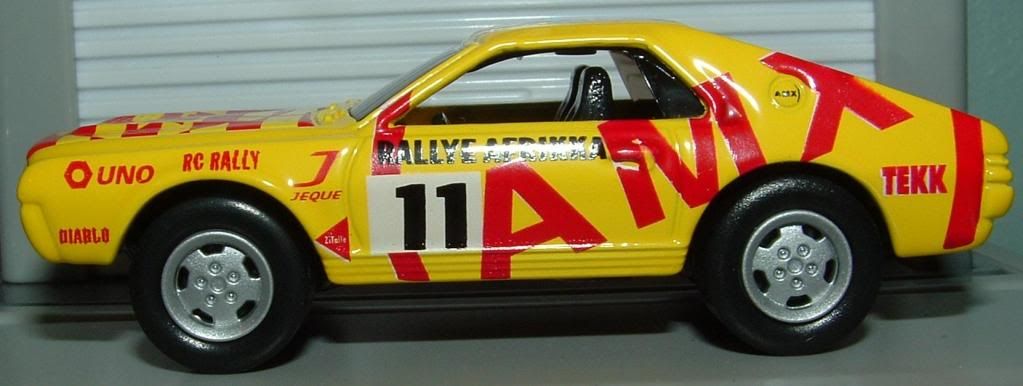
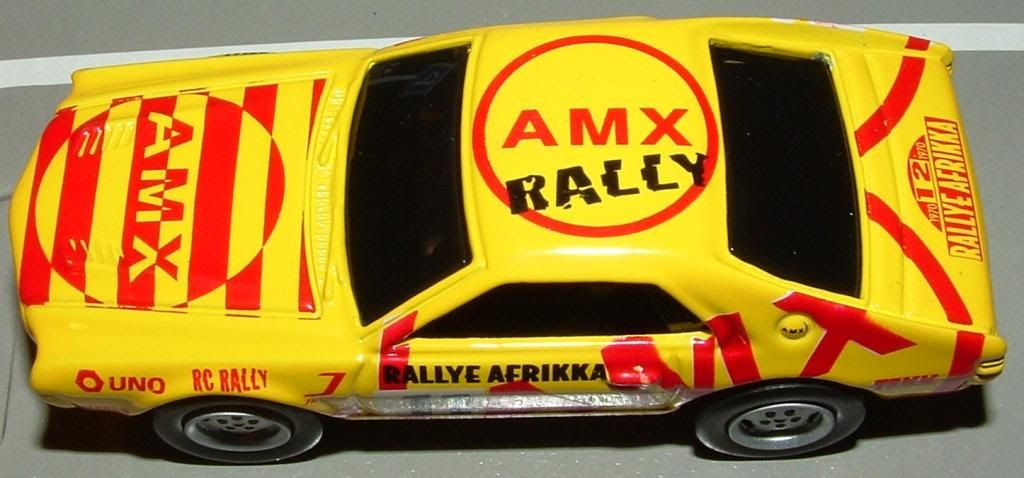
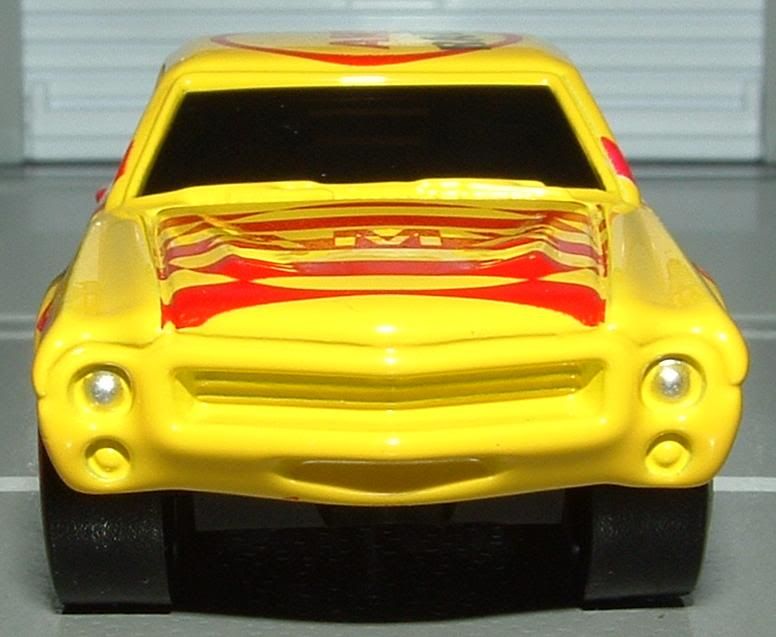
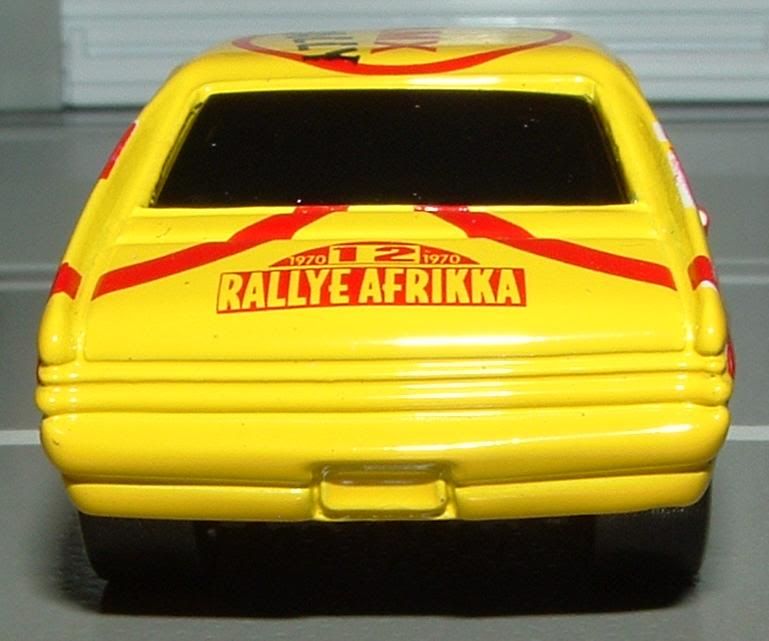
No comments:
Post a Comment